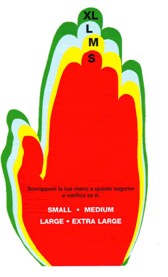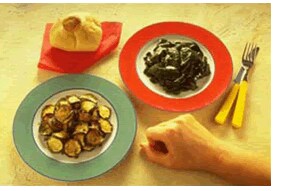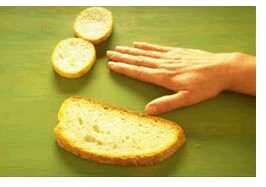By Dr. Elisa Strona
Common Difficulties in Following a Diet
Some of the most frequent difficulties that patients encounter in the context of a "classic" dietary consultation are:
- The difficulty of remembering and quantifying one's consumption of this food in the collection of the food anamnesis.
- The absence of a systematic effort to harmonize the personalization of the dietary prescription with the food structure of the family context or the context where the subject consumes most of his meals. This is an operational limitation that is sometimes important: for most patients it is not easy to package or have their meal prepared in a different form from the rest of the family. Meals from "separated at home" have, in most experiences, a rather limited application "survival" over time, while patients suffering from chronic diseases (diabetes, dyslipidemia, obesity, etc.) benefit from a continuity in the application of dietary rules.
- The constraint of the prescription in grammatical form. It is an operational and psychological limitation. Operative because it provides for the constant availability of a scale and involves the preparation of a large part of the food in a separate form from the usual context of consumption. It also constitutes a psychological limitation because it can reassure some in the application certainty of a quantitative tool, but at the same time make them uncertain, when, for different reasons, it is not possible for them to measure precisely what they eat.
A Diet Without Weighing Food
A system that does not necessarily provide for the weighing of food can be more easily used by the patient.
Overall, all this reduces the possible compliance of patients with the dietary prescription, a key element of its effectiveness.
 The concept of diet for volumes was born precisely with a view to overcoming these problems.
The concept of diet for volumes was born precisely with a view to overcoming these problems.
The first conceptual impact of food is a product by volume. In fact, when people think of a food, they "think" it visually.
It is a simple and easy to understand three-dimensional portion quantification system and uses a predominantly gestural language of communication. It is a technique based on the comparison of foods with volumes of commonly used objects (tennis ball, deck of playing cards, etc.) or with the volumes of the hand of the subject making the food choice (fist, palm, fingers): something practical, real, and non-conceptual.
Rules of Dietetics for Volumes
The first step is to measure the size of your hand using a standardized template (see figure).
After having defined one's "hand size", the method consists in volumetrically evaluating the food, comparing it to a closed fist, an open hand, two - three or four fingers, one two inches.
With a clenched fist you can evaluate ready-to-eat foods (therefore also cooked) that develop in height, such as first courses, cooked and raw vegetables, bread like rosette.


Photo Dr. O. Sculati
With the hand extended (with fingers closed, from the top of the middle finger to the junction of the wrist excluding the thumb) we evaluate foods such as steaks, fish fillets, cold cuts, sliced bread.


Photo Dr. O. Sculati
The fingers are useful for evaluating the thickness of food (a middle finger is about 1 cm high), they are therefore useful for evaluating cheeses or small sweets.

The method of dietetics by volumes therefore allows a saving of time both in the anamnesis phase and in the prescription phase.
It also creates in the patient that element of novelty that makes what we say verbally more interesting, therefore incisive.


























